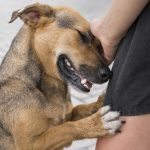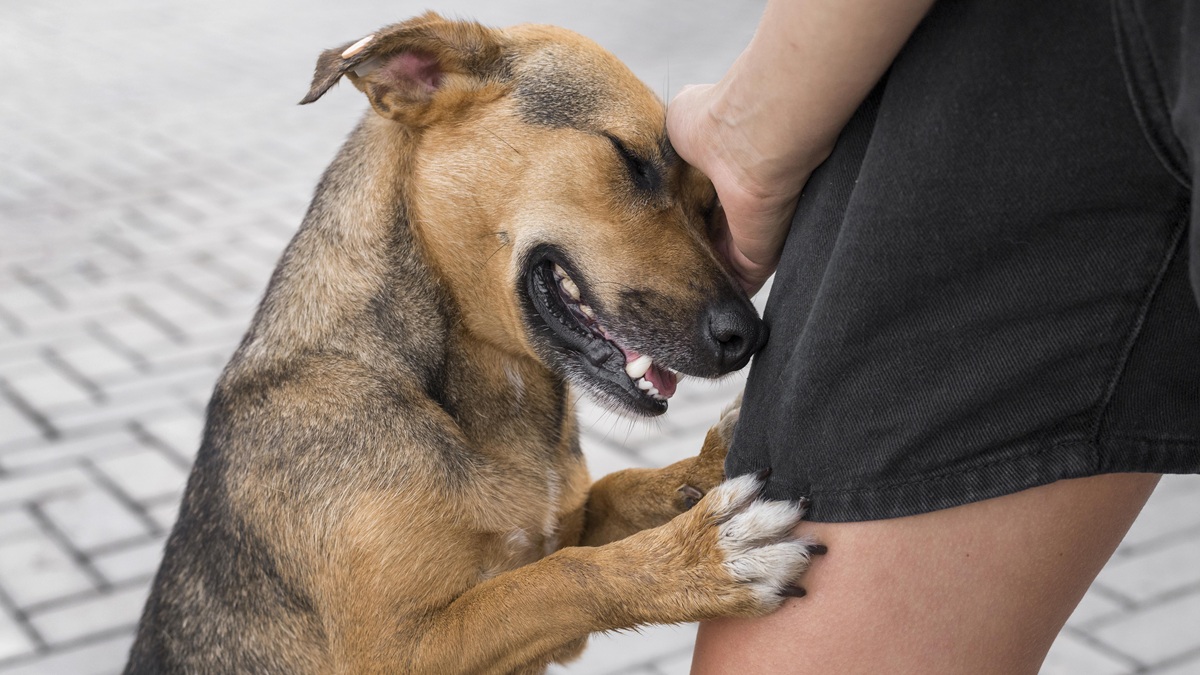Dog Bite Laws in Texas Rural Counties
Rural Texas counties present unique dog bite liability challenges that differ significantly from urban animal attack cases. The state’s vast agricultural landscape relies heavily on livestock guardian dogs, working animals, and ranch security dogs that serve essential functions but can pose serious dangers to visitors, workers, and neighboring property owners. Understanding Texas dog bite law in rural contexts requires knowledge of agricultural exceptions, property liability standards, and the intersection between animal control regulations and ranching operations. More information on Personal injury attorneys Odessa
Texas follows the “one-bite rule” established in Marshall v. Ranne, which holds dog owners strictly liable for attacks when they knew or should have known their animal had dangerous propensities. However, rural counties often lack the animal control infrastructure found in urban areas, making it more difficult to document previous aggressive behavior or establish owner knowledge of dangerous tendencies. More about our Midland Personal Injury Lawyer here
Livestock Guardian Dog Liability Issues
Livestock guardian dogs serve critical functions on Texas ranches, protecting cattle, sheep, goats, and other animals from predators such as coyotes, mountain lions, and feral hogs. Breeds commonly used for livestock protection, such as Great Pyrenees, Anatolian Shepherds, and Akbash dogs, are bred for independence, territorial behavior, and willingness to confront threats.
These protective instincts that make guardian dogs effective against predators can also create liability when they attack humans perceived as threats to livestock. Ranch visitors, delivery personnel, and even neighboring property owners may be viewed as intruders requiring defensive action.
Texas Health and Safety Code Section 822.013 provides some protection for dogs defending livestock against attacking animals, but this statute does not extend to attacks on humans. Ranch owners remain liable for guardian dog attacks on people, even when the dogs were performing their intended protective functions.
Property Liability Standards in Rural Settings
Texas premises liability law distinguishes between different categories of visitors to rural properties. Invited guests and business visitors receive the highest level of protection, requiring property owners to warn of known dangers and maintain reasonably safe conditions.
Licensees, such as social guests or hunters with permission, receive warnings about known hazards but cannot expect property owners to inspect for unknown dangers. Trespassers generally cannot recover for injuries unless they encounter willful or wanton conduct by property owners.
However, dangerous dogs create special liability concerns because their aggressive behavior can cause severe injuries regardless of the victim’s legal status. Courts have found property owners liable for dog attacks even against trespassers when the dogs were known to be dangerous and the property owner failed to provide adequate warnings or containment.
County-by-County Variations in Animal Control
Rural Texas counties often operate with limited animal control services compared to urban areas. Some counties rely on sheriff’s departments for animal-related calls, while others contract with neighboring jurisdictions or private organizations for animal control services.
These resource limitations can affect documentation of previous dog attacks or aggressive behavior that would establish owner knowledge under the one-bite rule. Rural property owners may assume their remote locations exempt them from animal control regulations, but liability standards remain the same regardless of county services.
County commissioners courts have authority to adopt animal control regulations under Texas Health and Safety Code Chapter 822, but many rural counties have not enacted comprehensive ordinances. This regulatory gap can create uncertainty about specific requirements for dog containment and registration.
Ranch Worker and Agricultural Employee Protections
Ranch workers and agricultural employees face elevated dog bite risks due to their regular presence on properties with working dogs. These individuals may encounter territorial guardian dogs, ranch security animals, or hunting dogs without adequate warnings about dangerous propensities.
Workers’ compensation coverage may apply to ranch employee dog bite injuries, but Texas does not require agricultural employers to maintain workers’ compensation insurance. This coverage gap forces injured agricultural workers to pursue personal injury claims against negligent employers.
Ranch owners have heightened duties to warn employees about known dangerous dogs and to implement reasonable safety measures to prevent attacks. Failure to provide adequate warnings or containment can constitute negligence even when dogs serve legitimate ranch functions.
Hunting and Recreational Activity Complications
Rural Texas counties host extensive hunting activities on private ranches that welcome paying guests for deer, hog, and exotic game hunting. These operations must balance legitimate security concerns with duties to protect hunting clients from dangerous animals.
Hunting dogs pose additional liability risks during organized hunts, particularly when visiting hunters bring their own animals or when multiple dog packs interact. Hunting dog attacks can occur during actual hunting activities or around lodge facilities where hunters gather.
Ranch hunting operations often involve alcohol consumption and social activities that may increase both dog bite risks and severity of resulting injuries. Property owners must consider these factors when determining appropriate safety measures and warnings.
Feral Dog and Pack Behavior Issues
Rural areas may experience problems with feral dog populations that form packs and exhibit more aggressive behavior than individual domestic animals. These feral dogs often originate from abandoned pets but develop wild behaviors that make them particularly dangerous.
Property owners who knowingly allow feral dogs to remain on their land may face liability for attacks, particularly if they provide food or shelter that encourages the animals to stay. The challenge lies in proving knowledge and control over truly wild animals versus domestic dogs.
Pack behavior amplifies aggression in domestic dogs, making attacks by multiple animals particularly severe. Rural properties with multiple working dogs must consider pack dynamics and implement management practices to prevent coordinated attacks.
Veterinary Care Access in Rural Areas
Dog bite victims in rural Texas counties may face significant challenges accessing appropriate medical care due to distances between ranches and medical facilities. Serious dog bite injuries require immediate attention to prevent infection and address traumatic wounds.
Rural emergency medical services may lack resources to handle severe animal attack injuries, requiring transport to urban trauma centers that can be hours away. This geographic isolation makes the difference between life and death in severe dog attack cases.
Limited access to plastic surgery and specialized wound care in rural areas can affect long-term recovery outcomes and disability levels. These geographic factors should be considered when calculating damages for rural dog bite victims.
Insurance Coverage Complications
Rural property owners may carry different insurance coverage than urban homeowners, with policies designed for agricultural operations rather than standard residential risks. These policies may have different exclusions or limitations for dog bite liability.
Some insurance companies exclude certain dog breeds considered high-risk, while others require special riders for properties with multiple dogs or livestock guardian animals. Property owners may be unaware of coverage gaps until serious attacks occur.
Commercial ranch operations may need general liability coverage rather than homeowner policies to address risks associated with hunting activities, ranch tours, or other business operations involving public access.
Evidence Preservation Challenges
Rural dog bite cases often present evidence preservation challenges due to remote locations and limited law enforcement response. Photographing attack scenes, documenting injuries, and preserving physical evidence may be difficult when attacks occur far from populated areas.
Witness testimony becomes particularly important in rural dog bite cases where physical evidence may be limited. Ranch workers, neighbors, and regular visitors may provide crucial information about previous aggressive behavior or warning signs.
Animal control response may be delayed or unavailable in rural areas, making it difficult to evaluate dogs for aggressive behavior or ensure proper quarantine procedures following attacks.
Legal Strategies for Rural Dog Bite Cases
Successful rural dog bite cases require thorough investigation of property ownership, insurance coverage, and animal control history. Multiple parties may share liability, necessitating careful analysis of land ownership, tenant relationships, and contracted services.
Expert testimony about animal behavior, particularly regarding livestock guardian dogs and working animals, can help establish whether owners should have known about dangerous propensities. Veterinary records and breeding information may provide evidence of aggressive traits.
Documentation of ranch operations, visitor policies, and safety procedures can establish whether property owners met their duties to provide reasonable warnings and protection measures.
Defenses Available to Rural Property Owners
Rural property owners may raise several defenses to dog bite liability claims. Trespassing defenses may apply when attacks occur on private ranch property without permission, though this defense has limitations for dangerous dogs.
Assumption of risk defenses may apply to hunting activities or agricultural work where participants understand animal-related dangers. However, property owners cannot assume participants knew about specific dangerous dogs without adequate warnings.
Provocation defenses may apply when victims engaged in behavior that would reasonably trigger defensive responses from livestock guardian dogs, though this defense has strict limitations under Texas law.
Texas rural dog bite cases require specialized legal knowledge about agricultural operations, property liability law, and the unique challenges facing rural communities. Understanding both the legitimate functions served by rural working dogs and the legal standards governing their management is essential for protecting both property owners and potential victims in these complex cases.







